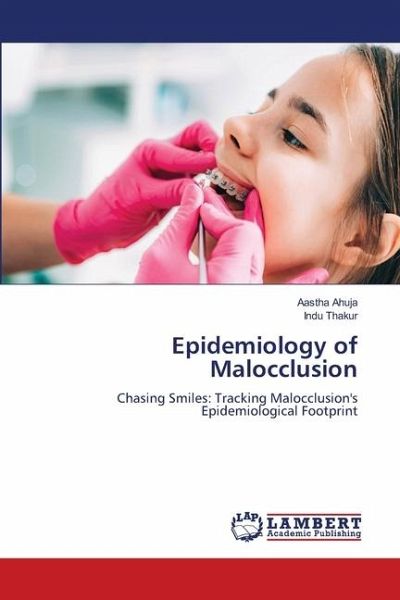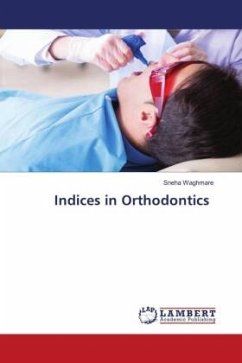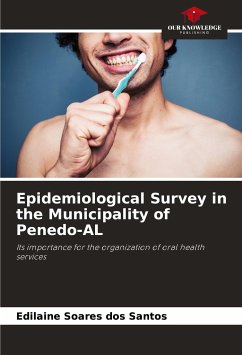
Epidemiology of Malocclusion
Chasing Smiles: Tracking Malocclusion's Epidemiological Footprint
Versandkostenfrei!
Versandfertig in 6-10 Tagen
45,99 €
inkl. MwSt.

PAYBACK Punkte
23 °P sammeln!
Epidemiological tools have a useful role in resource allocation and planning, monitoring and promoting standards, better uniformity in patient identification and referral, and informed consent. Developing countries like India are struggling to eradicate many medical and dental diseases. The main reason behind this is inadequate implementation of preventive oral health care programs which requires a sound base of epidemiological data. Epidemiological studies on occlusion and malocclusion not only help in orthodontic treatment planning and evaluation of dental health services but also offer vali...
Epidemiological tools have a useful role in resource allocation and planning, monitoring and promoting standards, better uniformity in patient identification and referral, and informed consent. Developing countries like India are struggling to eradicate many medical and dental diseases. The main reason behind this is inadequate implementation of preventive oral health care programs which requires a sound base of epidemiological data. Epidemiological studies on occlusion and malocclusion not only help in orthodontic treatment planning and evaluation of dental health services but also offer valid research tools for ascertaining the operation of distinct environmental and genetic factors in the etiology of malocclusion. Besides, the influence of orofacial esthetics on self-esteem has been identified and studied through epidemiological indices from a personal and professional point of view.












